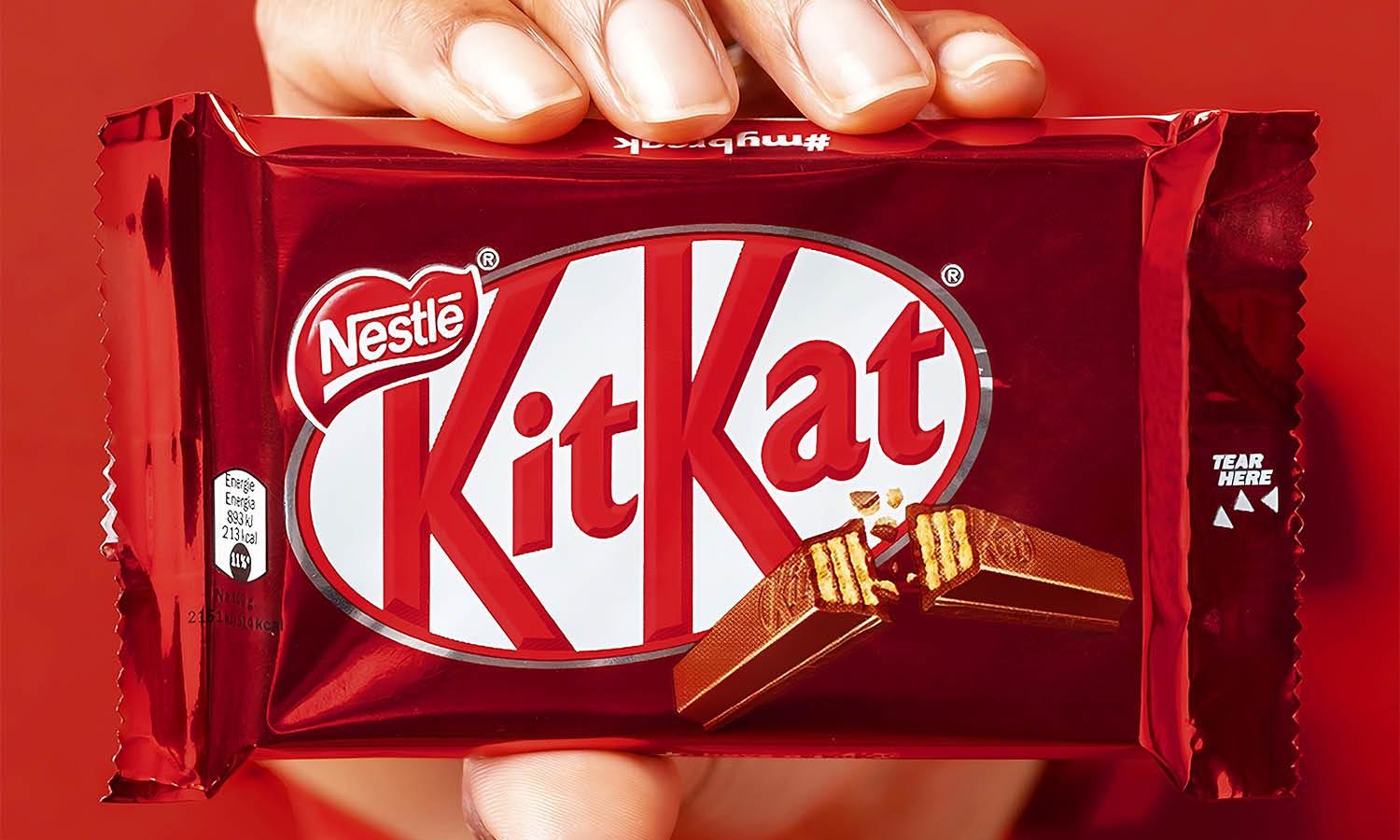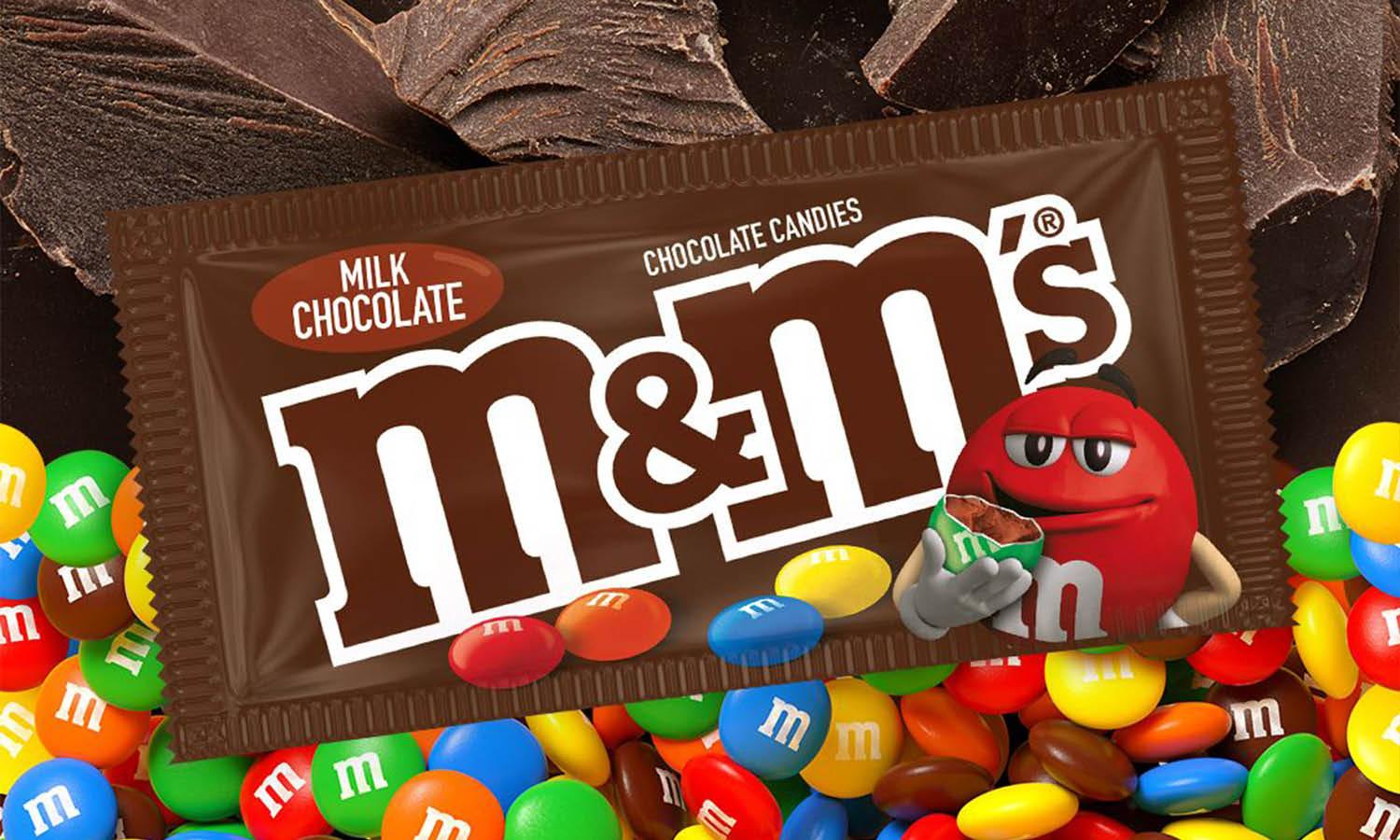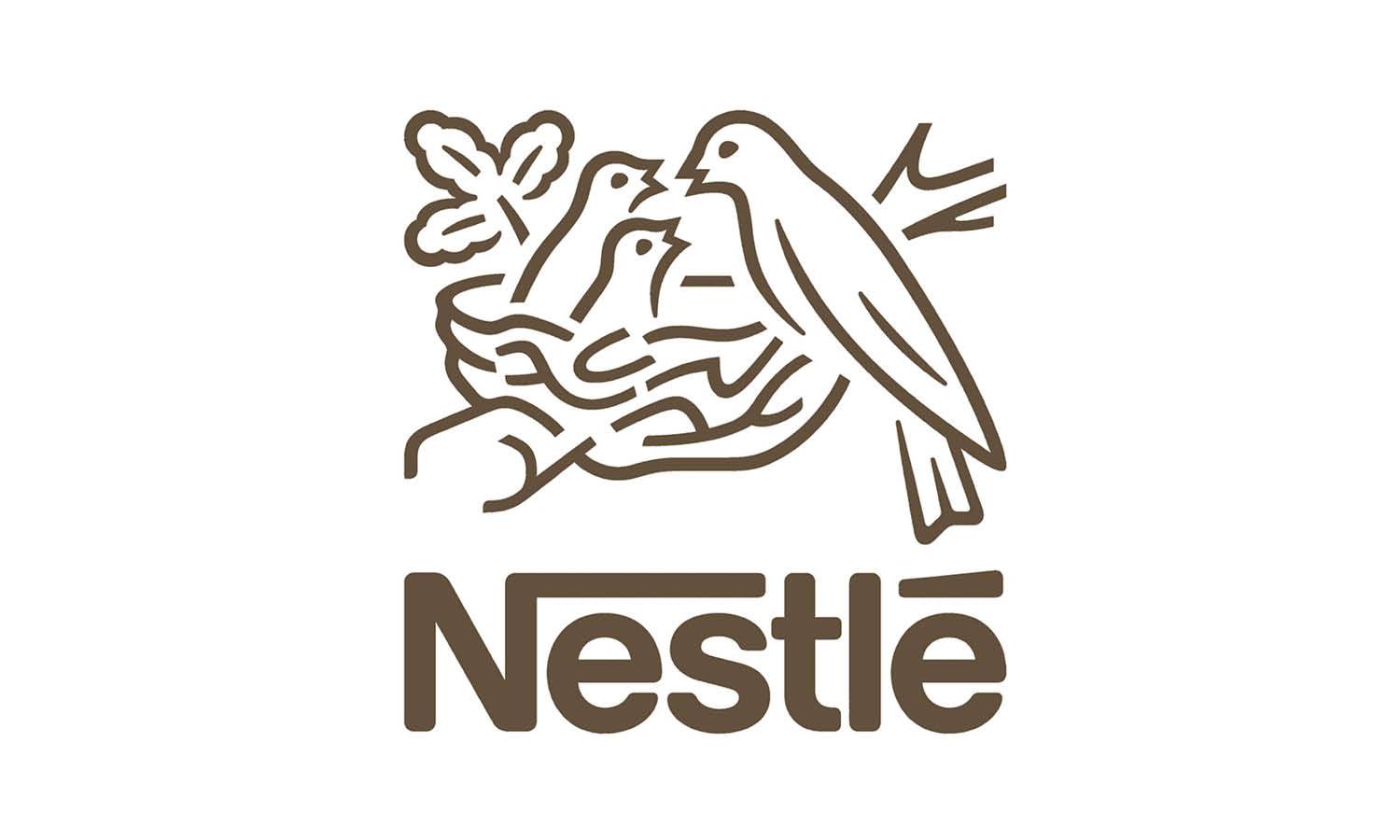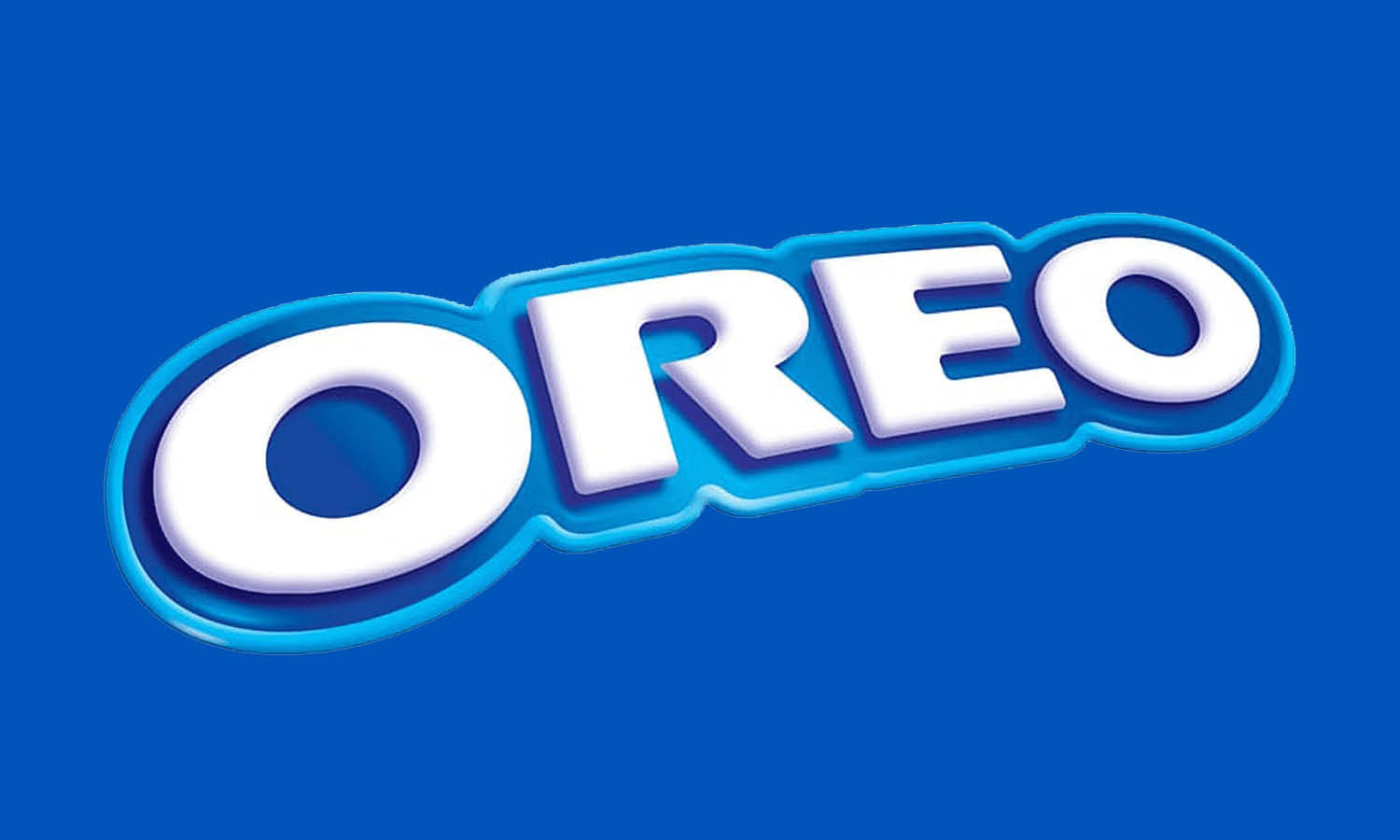Kellogg's Logo Design: History & Evolution

Image Courtesy: Kellogg's
When it comes to iconic brand imagery, Kellogg's logo design is a perfect example of creativity meeting tradition. Over the years, the evolution of the Kellogg's logo has fascinated graphic designers around the globe, showcasing a blend of innovation and consistency. Since its inception, the Kellogg's logo design has gone through various transformations, each iteration reflecting the brand's identity and resonating with the audience.
Whether you're a seasoned graphic designer looking to explore a piece of design history or just intrigued by the story behind the breakfast cereal that has graced tables for generations, the journey of Kellogg's logo design is an exciting one. This article will take you on a chronological tour of the logo's evolution, uncovering the artistic choices and strategic thinking that shaped this unforgettable emblem. Get ready to delve into a design tale that's as rich and textured as your favorite morning meal! So grab a bowl of your favorite Kellogg's cereal, and let's explore the history and evolution of Kellogg's logo design together!
Kellogg's Logo Design History
1906 - 1907
The early days of the 20th century marked a significant milestone in the evolution of Kellogg's logo design. In 1906, Kellogg's introduced a distinctive emblem that would set the foundation for the company's visual identity. This specific design, rich with creativity and ingenuity, might seem a bit unconventional to our modern eyes, but it spoke volumes about the company’s position at that time.
The Kellogg's logo from 1906 was composed of a rectangular badge, a design choice that conveyed a sense of solidity and trustworthiness. Within this badge, there were three-leveled letterings, skillfully balanced to catch the viewer's eye. The dark green, bold capitals spelling out "Battle Creek Toasted Corn Flake Co" were a declaration of the brand's identity, proudly proclaiming their roots in Battle Creek and their primary product.
Above this robust statement, a thin handwritten signature in black was placed, adding a personal touch to the emblem. This delicate contrast between the handwritten signature and the bold lettering played an essential role in creating a connection with the audience. It was as if the Kellogg's family themselves were signing each box, emphasizing quality and authenticity.
The small red details, delicately positioned on the upper corners of the emblem, might seem like a subtle addition, but they were anything but insignificant. These touches of red broke the uniformity of the green and black, adding a sense of warmth and vibrancy to the design. In the field of graphic design, color choices often carry substantial weight, and these red accents were no exception, subtly conveying energy and passion.
What's fascinating about this phase of Kellogg's logo design is how it reflects the era's design principles. The combination of bold fonts, contrasting colors, and handwritten elements was very much in line with the artistic sensibilities of the time. It paints a vivid picture of an age when brands were beginning to realize the importance of visual identity in connecting with consumers.
Moreover, this particular Kellogg's logo design represents a snapshot of the company's early ambition. It's not just a logo but a piece of history, encapsulating Kellogg's commitment to innovation and quality. The unique blend of elements created an emblem that was both sophisticated and friendly, much like the breakfast cereals that would soon become a household staple.
The Kellogg's logo design of 1906-1907 offers graphic designers a fascinating study in contrasts and harmony. It reminds us that even the most iconic brands had humble beginnings, with each design choice reflecting a step towards the future. As we explore further into the evolution of Kellogg's logo design, this initial badge stands as a compelling starting point, full of lessons and inspiration for designers of all levels.

Image Courtesy: Kellogg's
1907 - 1916
The transition into 1907 marked a transformative era for Kellogg's logo design. It was in this year that the brand decided to distill its identity into something more personal, something that would resonate with consumers on a deeper level. Enter William Kellogg's signature, a handwritten mark that would become synonymous with breakfast tables around the world.
What's most fascinating about the 1907 Kellogg's logo design isn't just the artistic flair of William Kellogg's signature, but the story behind it. According to the brand's legend, at the beginning of its history, William Kellogg signed each package personally. A signature on a product wasn't just a mark; it was a promise, a sign of quality and a personal touch that connected the consumer directly to the brand.
This personal connection wasn't lost when William Kellogg's signature became the official Kellogg's logo design. Instead, it was amplified, turned into an iconic symbol that represented not only the quality of the product but also the values and legacy of the company. It was an elegant and bold move, and it paid off.
For graphic designers, the choice to use a personal signature as a brand's logo is a powerful reminder of how simplicity can create an emotional connection. The Kellogg's logo design from this period is an exemplary lesson in minimalist design, achieving brand recognition without unnecessary frills or embellishments.
The signature itself, fluid and confident, conveyed an air of sophistication. It wasn't overly ornate or intricate, but it was unique. Every curve, every line, was an expression of personality, mirroring the human touch that had once adorned each package.
The transition from the rectangular badge of 1906 to the personalized signature in 1907 might seem like a drastic shift in design direction. But in the context of Kellogg's evolution, it made perfect sense. This new emblem was not about being trendy or flashy; it was about building a relationship with the consumer, turning a simple breakfast product into a part of the family's daily routine.
From 1907 to 1916, this Kellogg's logo design became an integral aspect of the brand's identity. It served as a constant reminder of the company's roots and the commitment to quality that had fueled its growth. It was a bridge between the company and the consumer, a visual representation of trust.
The Kellogg's logo design of 1907-1916 is more than just a beautiful piece of graphic design; it's a testament to the power of authenticity and simplicity in branding. It shows how a well-thought-out design, rooted in history and executed with care, can become a timeless symbol. For modern graphic designers, the story of William Kellogg's signature offers invaluable insights into the art of creating logos that not only look good but also feel personal, honest, and true. It's a chapter in Kellogg's logo design history that continues to inspire and instruct, showcasing the magic that happens when design meets heart.

Image Courtesy: Kellogg's
1916 - 1955
The years spanning 1916 to 1955 were a period of fine-tuning and refinement for Kellogg's logo design. This nearly four-decade stretch saw the iconic logotype undergo subtle yet meaningful changes, retaining its core identity while adapting to the visual language of the times. These enhancements serve as a timeless example for graphic designers of how to evolve a brand without losing its essence.
In 1916, the lines of the emblem were meticulously refined. The designers created more space between the letters of the inscription, and the contours were widened. This seemingly simple modification had a profound impact. The additional space breathed fresh life into the logo, giving it an air of modernity and ease. It showcased a masterful understanding of typography, enhancing legibility without losing the charm of William Kellogg's signature.
One of the most significant shifts in this period of Kellogg's logo design was the refreshing of the color palette. The main shade of the letters transitioned to a light red, surrounded by a confident black outline. This color choice wasn't just a stylistic update; it was a strategic move that allowed the logo to be placed on all possible backgrounds.
For graphic designers, this alteration in Kellogg's logo design is a classic example of how color can transform a brand's visual presence. The light red brought warmth and vitality, and the black outline created a distinct contrast that ensured the logo stood out. It's a lesson in the nuanced use of color to create a design that's both adaptable and eye-catching.
During this era, Kellogg's continued to establish itself as a household name, and the logo played a crucial role in that journey. The refined design was emblematic of a brand that was growing, learning, and evolving, yet still rooted in its traditions. It was a balancing act between innovation and continuity, perfectly encapsulating the spirit of the time.
The 1916-1955 phase of Kellogg's logo design is a treasure trove of insights for today's graphic designers. It demonstrates that a logo doesn't need to be overhauled to stay relevant. Sometimes, subtle changes are all that's needed to bring freshness to a design, adapting it to new trends while honoring its history.
The Kellogg's logo design during these years is an inspiring chapter in the art of brand evolution. It reflects a period of thoughtful refinement, where every adjustment was made with purpose and understanding. For those looking to dive into the subtleties of design and learn how to create logos that endure and adapt, the legacy of Kellogg's logo design from 1916 to 1955 offers an invaluable study. It's an enduring symbol of how the smallest design choices can resonate for generations, making it an essential part of the rich tapestry of Kellogg's logo design history.

Image Courtesy: Kellogg's
1955 - 2012
The span from 1955 to 2012 in the timeline of Kellogg's logo design is a testament to the enduring power of a brand's visual identity. It's a rich period that showcases how the thoughtful evolution of a design can ensure its relevance across generations. For graphic designers, the changes made during these years provide valuable insights into the delicate art of rebranding without losing the core essence.
Since the creation of the first logo, there were only two significant redesigns, and the first of them occurred in 1955. This redesign was a calculated step, keeping pace with the modern aesthetic of the mid-20th century while staying true to the brand's heritage.
The 1955 adjustment of Kellogg's logo design saw the lettering refined, adopting a new typeface that felt both fresh and familiar. This wasn't just a visual update; it was a thoughtful design choice that breathed new life into the logo. The new typeface brought with it a sense of fluidity and energy, aligning perfectly with the era's design sensibilities.
Along with the typeface, the color of the logo was also rejuvenated. The red color, already a prominent feature in previous versions, was given more intensity. This more intense red not only invigorated the logo but also solidified its place in consumers' minds. It's a brilliant example of how color can be used to reinforce brand recognition, a lesson that continues to resonate with graphic designers.
What stands out in this phase of Kellogg's logo design is the brand's willingness to embrace change without losing sight of its roots. The 1955 redesign was not about following trends or making a drastic shift. It was about understanding the essence of the brand and enhancing it through subtle changes.
For over five decades, this version of the logo remained largely unchanged, proof of its timeless appeal and adaptability. Through shifts in culture, design trends, and market dynamics, the Kellogg's logo design remained a constant, recognizable symbol.
The Kellogg's logo design journey from 1955 to 2012 is a vivid illustration of how a well-crafted logo can stand the test of time. It's a period marked by respect for tradition and an understanding of when and how to evolve. For graphic designers seeking inspiration on how to create logos that are both contemporary and timeless, the Kellogg's logo serves as an exceptional guide. The subtle changes in typeface and color, the delicate balance between the old and the new, all contribute to a logo design story that's rich with lessons. The Kellogg's logo design during these years is not just a symbol of a beloved brand; it's a masterclass in design evolution, a narrative that continues to inspire and educate those in the world of graphic design.

Image Courtesy: Kellogg's
2012 - Present
The most recent chapter in the story of Kellogg's logo design began in 2012. This year saw the second significant redesign of the brand's identity, which both modernized and honored its rich history. This particular phase is filled with insights and nuances that graphic designers can appreciate, providing a fascinating look at how subtle alterations can bring new energy and depth to a well-established logo.
The 2012 redesign of Kellogg's logo design was a careful and deliberate process, acknowledging the need for freshness while preserving the iconic visual elements that had resonated with consumers for over a century. Key to this update was the introduction of a new palette and a slightly modernized typeface.
The wordmark of the brand was reimagined in a custom-drawn font, designed based on William Kellogg's handwriting. This connection to the original signature ensured continuity, grounding the logo in its heritage. For those interested in the technical details, the closest available typeface to this custom design is Ballpark Weiner. Created by Mickey Rossi, this font is one of a few that bear a resemblance to the famous logotype.
This choice of font wasn't just a stylistic decision; it was a homage to the original Kellogg's logo design. It captured the spirit of William Kellogg's handwriting while adding a contemporary touch. It's an excellent example of how custom typefaces can provide a unique character to a brand, connecting the past and the present in a seamless visual narrative.
The color, too, underwent a transformation. The bright red that had been a defining feature of the logo gained a more burgundy shade, becoming more elegant and confident. This shift towards a calm and luxurious hue added sophistication to the logo, aligning it with a modern aesthetic while retaining the vibrancy and warmth that had long been associated with the brand.
For graphic designers, the 2012 Kellogg's logo design offers a lesson in the power of color and typography to convey brand values. The transition to a more burgundy shade and the custom-drawn font were more than just visual tweaks; they were thoughtful expressions of a brand that was evolving while staying true to its roots.
The Kellogg's logo design from 2012 to the present is a masterful blend of tradition and innovation. It reflects a deep understanding of the brand's identity and the needs of the contemporary market. It's a case study in how to refresh a logo without losing its soul, a testament to the craft of design, and an inspiring example for graphic designers. The story of the Kellogg's logo continues to unfold, and this latest chapter adds yet another rich layer to an iconic design that has stood the test of time. It's a story that speaks not just to the history of a beloved brand but to the art and craft of logo design itself.

Image Courtesy: Kellogg's
Analysis: Kellogg's Logo Design Evolution
The story of Kellogg's logo design is a rich tapestry that weaves together over a century of branding evolution. It's a narrative that speaks to the delicate balance between innovation and tradition, embodying lessons that resonate with graphic designers of all levels. From the initial creation to subtle redesigns, each phase of Kellogg's logo design has offered a unique perspective on how a brand's visual identity can be thoughtfully evolved. Let's dive into an analysis that explores five critical points that define this intriguing journey.
Consistency with Tradition
Throughout its history, Kellogg's logo design has maintained a connection to its origins, specifically to William Kellogg's signature. The retention of this signature element provided continuity and helped preserve the brand's heritage. This consistency is a powerful lesson in how staying true to a brand's roots can foster recognition and trust.
Adaptation to Modern Aesthetics
The various redesigns of the Kellogg's logo reflect an awareness of changing design trends without abandoning core elements. From the introduction of new typefaces to the fine-tuning of color shades, the logo consistently evolved to stay relevant. This adaptability demonstrates the importance of understanding contemporary aesthetics while maintaining brand integrity.
The Power of Color
The transitions in color, from bright red to more elegant burgundy, weren't merely stylistic choices; they conveyed deeper brand messages. The color evolution of Kellogg's logo design illustrates how carefully chosen hues can influence perception, adding layers of meaning and sophistication to a brand's visual identity.
Custom Typography and Uniqueness
The development of a custom-drawn font, inspired by William Kellogg's handwriting, added a unique flair to the brand. This decision underscores the potential of custom typography to set a brand apart from its competitors. It's a reminder that distinctive design can elevate a logo from ordinary to iconic.
Balancing Innovation and Continuity
The Kellogg's logo design journey embodies the careful balance between innovation and continuity. Each redesign was approached with respect for what came before, yet with a willingness to embrace change. This equilibrium provides insight into the delicate art of rebranding without losing the core essence of the brand.
The evolution of Kellogg's logo design is more than a timeline of visual changes; it's a story filled with design wisdom. From consistency to adaptation, color theory to custom typography, and the equilibrium between tradition and change, the Kellogg's logo offers a wealth of inspiration for graphic designers. It's a fascinating exploration of how a logo can remain timeless through thoughtful and intentional design choices, making it an essential study in the world of branding.

The Philosophy & Meaning Behind Kellogg's Logo Design
When we delve into the layers of Kellogg's logo design, we uncover a philosophy steeped in tradition, innovation, and a keen understanding of branding. This isn't just a symbol; it's a carefully crafted visual message that resonates with customers across generations. As graphic designers, there's much to learn from the subtleties and deliberate choices that have shaped this iconic logo. Let's explore five key philosophical aspects that imbue meaning into the Kellogg's logo design.
Personal Connection and Heritage
The use of William Kellogg’s signature as a core element in the logo speaks volumes about the brand's values. It conveys a personal touch, a connection to the founding family, and a respect for the company's heritage. This decision to embed history into the design adds a layer of authenticity that's both engaging and reassuring to consumers.
Color as Emotion
The red hue in Kellogg's logo design is more than just a color choice; it’s an emotional statement. From a vibrant red to a more mature burgundy, the shades mirror the evolution of the brand and its audience. It's a lesson in how color can be used to evoke feelings and create connections with a brand.
Typography as Identity
The creation of a custom-drawn font, reminiscent of William Kellogg's handwriting, not only reinforces the brand's identity but also adds a unique character. It sets the brand apart from competitors and offers insight into the power of typography in shaping a brand’s personality.
Balancing Tradition and Modernity
The subtle changes in Kellogg's logo design over the years reflect a balance between honoring tradition and embracing modernity. The brand manages to stay fresh and contemporary without losing its historical roots. This delicate equilibrium serves as a template for how to innovate while preserving brand equity.
Global Recognition with Simplicity
Kellogg's logo design achieves global recognition through simplicity and clarity. By sticking to simple elements like a unique font and a consistent color, the logo transcends cultural and linguistic barriers. This simplicity not only ensures wide appeal but also emphasizes the importance of uncluttered design for universal understanding.
The Kellogg's logo design is more than a visual mark; it's a philosophy that communicates the brand's values, history, and character. Each element, from the color to the typography, is a considered choice that adds depth and meaning. As graphic designers, the philosophy behind Kellogg's logo design offers invaluable lessons in crafting logos that resonate on multiple levels. It's a masterful blend of art, psychology, and branding that continues to inspire and educate, embodying principles that are as relevant today as they were over a century ago.

What Can We Learn from Kellogg's Logo Design
Kellogg's logo design is more than a recognizable mark on a cereal box; it's a masterclass in branding, design innovation, and consumer psychology. Over its century-long evolution, it has encapsulated various principles that are pertinent to graphic designers today. Whether you're a seasoned professional or just starting out, the journey of Kellogg's logo design offers insightful lessons that can guide your creative process. Here are five key takeaways that we can derive from this iconic logo's history.
Embrace the Power of Consistency
Kellogg's logo design exemplifies how maintaining a consistent element (like the signature) can create lasting brand recognition. Consistency fosters trust, builds brand equity, and forms a cohesive visual identity. The lesson here is clear: stick to core elements that define your brand, and let them anchor your design through different stages of evolution.
Adaptation without Losing Essence
The various redesigns of Kellogg's logo never strayed far from the original essence. They evolved, adapted to trends, but always retained the core identity. It's a lesson in how to innovate without alienating your audience or diluting your brand's unique character.
Color as a Strategic Tool
Kellogg's use of color demonstrates how a well-chosen palette can convey emotion and brand values. The transition from vibrant red to sophisticated burgundy was more than a stylistic choice; it was a strategic move reflecting the brand's maturity. Understanding the psychology of color and how to leverage it is a vital skill for every designer.
Simplicity and Global Appeal
Kellogg's logo design emphasizes the value of simplicity in creating a globally recognizable symbol. The simple lines, clear typography, and uncluttered design enable the logo to transcend cultural barriers. This lesson underscores the importance of simplicity in design, especially when aiming for international appeal.
Customization Creates Uniqueness
The creation of a custom font for Kellogg's logo illustrates how tailored design elements can set a brand apart from its competitors. It adds individuality and personality to the logo. The willingness to go the extra mile to customize a design can lead to a more distinctive and memorable brand identity.
Kellogg's logo design is a treasure trove of insights and practical lessons for graphic designers. Its rich history showcases how to maintain consistency, balance adaptation with preservation, use color strategically, achieve global appeal through simplicity, and craft uniqueness through customization. These lessons aren't just relevant to those working on big brands; they apply to any designer aiming to create logos that resonate and endure. The story of Kellogg's logo is, indeed, a blueprint for timeless design, and a reminder that behind every great logo lies thoughtful intention, artistic creativity, and a deep understanding of branding dynamics.
Conclusion
The journey of Kellogg's logo design is a vibrant testament to the enduring power of well-crafted branding. For graphic designers, it's more than a study in aesthetics; it's a roadmap that navigates the delicate balance of innovation, tradition, simplicity, and customization. Through its various phases, Kellogg's logo design has proven that timeless logos are not just about visual appeal but about weaving together strategic thinking, creativity, and an understanding of the brand's soul. As we reflect on this iconic design, we're reminded of the profound impact thoughtful logo creation can have, and the lasting legacy it can build.
Let Us Know What You Think!
These fantastic logo design articles are written and curated by Kreafolk's team. We hope you enjoy our information and remember to leave us a comment below. Cheers!
















Leave a Comment